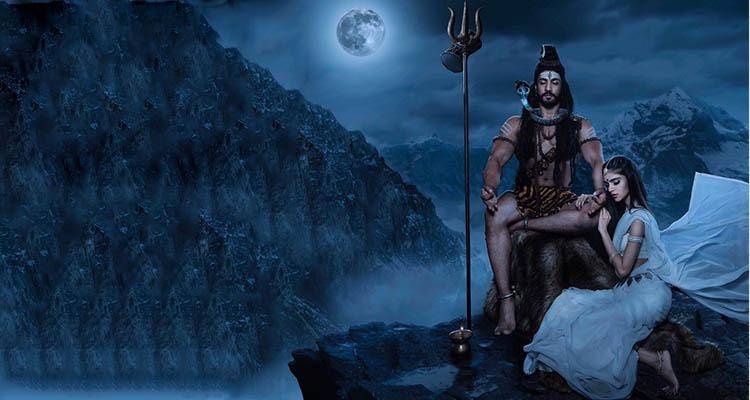In this video, the origin of the globally known Hindu symbol 'AUM' or simply 'OM' is traced to Sumeria.
Up till now the origin of AUM is traced to the Upanishad and other Vedic or Sanskrit texts.
For the first time, Sivakumar quotes a Sumerian text, Temple Hymn 31 where the the word 'OM' is mentioned. This text is more ancient than the Upanishad or any other Vedic / Sanskrit texts. He provides the meaning of the line which contains the word 'OM' which is clearly Tamil and can be understood even by ordinary people who knows elementary Tamil.
The discovery linking Sumerian as archaic Tamil is half a century of research work of Ullaganar and Sathasivam. This research finding stands on rock solid foundation where every aspect of Sumerian can be related to present day Tamil.
From the above, we see that the meaning given by western Sumeriologist is inaccurate as they are do not know Tamil. Ullaganar who is a Tamil scholar as well as a Sumeriologist could see that the Sumerian writing is just plain Tamil. The recognizability of this sentence as Tamil is possible even with basic Tamil language proficiency as these words are still in use in Tamil.
This video should further strengthen our research finding that Sumerian is Tamil. It appears that SumeroTamils not only discovered the Logos Om but also the sadhana of Om-recitation for gaining the deepest metaphysical illuminations.
Our research also shows that Sumerians were from Kumari Nadu and due to the rising sea level, they migrated from Kumari Nadu to Sumeria.
And the myth that AUM or OM is Vedic and Sanskrit should come to an end and the Tamils should be acknowledged as the discoverers of this most important Hindu symbol!
Take note that by we claiming that Sumerian is Tamil doesn't mean that we support Aryan migration.





